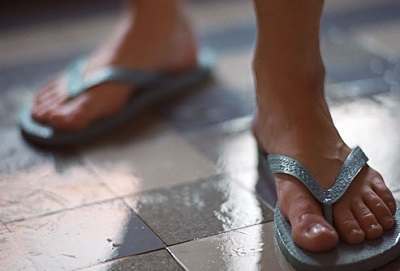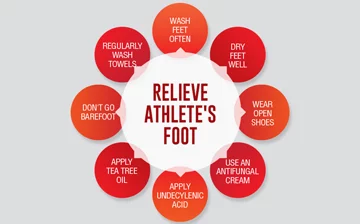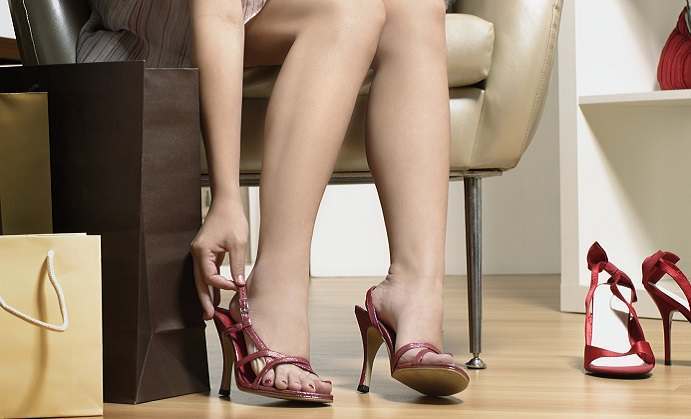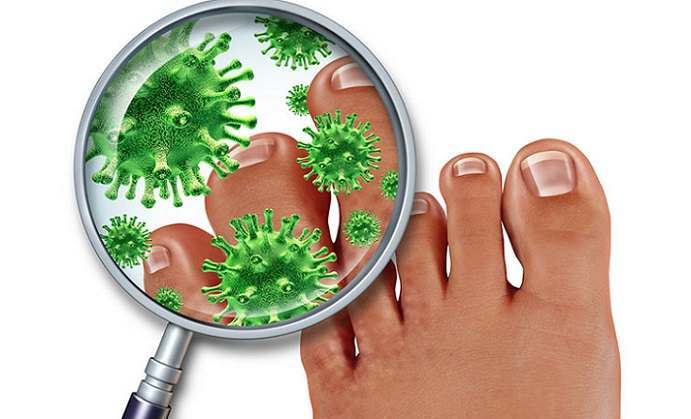When a person has athlete’s foot, they can experience burning, itching, and stinging sensations on places such as the foot sole or the skin in between their toes. This is an infection caused by a fungus and while it does respond well to medicine and treatment, it can be recurring. This infection is often so persistent that comedians have added it to their comedy acts to get a few laughs.
Are you genetically prone to get athlete’s foot?
 There are been studies that have been done to shed light as to whether or not people are genetically prone to get infections such as athlete’s foot. Now, it should be made clear that athlete’s foot is not something that can be genetically passed down. It is a contagious disease. What this means is that people who have weaker immune systems are more susceptible to be effected if they were to come in contact with someone or something that has the fungus. It doesn’t necessarily mean that this person would constantly have recurring symptoms or need to live in fear that they are a walking time bomb waiting for an infection to spring up on them.
There are been studies that have been done to shed light as to whether or not people are genetically prone to get infections such as athlete’s foot. Now, it should be made clear that athlete’s foot is not something that can be genetically passed down. It is a contagious disease. What this means is that people who have weaker immune systems are more susceptible to be effected if they were to come in contact with someone or something that has the fungus. It doesn’t necessarily mean that this person would constantly have recurring symptoms or need to live in fear that they are a walking time bomb waiting for an infection to spring up on them.
Instead of living in fear a person who is genetically prone to infections should just take precautionary measures to protect themselves and their feet.
How to prevent and protect yourself from getting athlete’s foot?
By learning what the infection is about, you will already be protecting yourself from getting athlete’s foot. In order to contract athlete’s foot, a person would need their feet to come in contact with the fungus. This can occur by touching someone with the fungus or a contaminated surface. High risk areas such as public showers, health club changing rooms, public pools should always be a concern. Other surfaces or objects such as damp towels, a person’s worn shoes, and spa pedicure tools can also transfer the fungus as well.
 When in these public places, it is always best to wear some sort of sandal or shoe to protect the feet. Never go barefoot and risk the dangers or touching the fungus accidentally. Also, never share towels, shoes, or socks with other people. When at home, make sure to keep feet dry and wear shoes that are well ventilated. If socks get sweaty even after a few hours of wear, change them. Fungus thrive in dark, damp places, making socks a breeding ground for athlete’s foot.
When in these public places, it is always best to wear some sort of sandal or shoe to protect the feet. Never go barefoot and risk the dangers or touching the fungus accidentally. Also, never share towels, shoes, or socks with other people. When at home, make sure to keep feet dry and wear shoes that are well ventilated. If socks get sweaty even after a few hours of wear, change them. Fungus thrive in dark, damp places, making socks a breeding ground for athlete’s foot.
A person can even go the extra mile and purchase items that will sanitize shoes. Some can kill both the bacteria and fungus that can be found in a person’s shoes. Now keep in mind these products do not necessarily prevent a person from getting athlete’s foot. Rather, they are just an extra safety precaution that can help those who are more prone to recurring fungal infections.
The best way for a person to avoid athlete’s foot is to be aware of their surroundings. Despite how clean a place may be, those with weaker immune systems should still take precautionary measures in a public place. It’s better to be safe than sorry.












